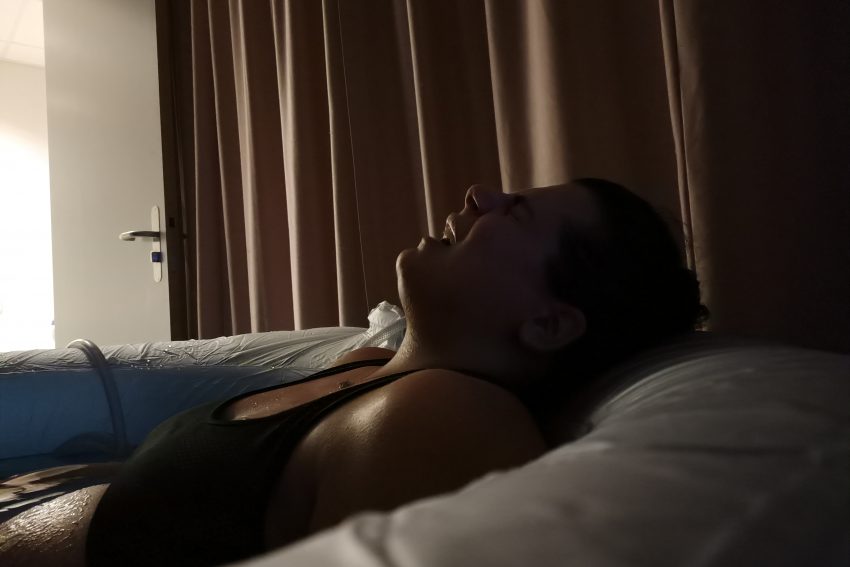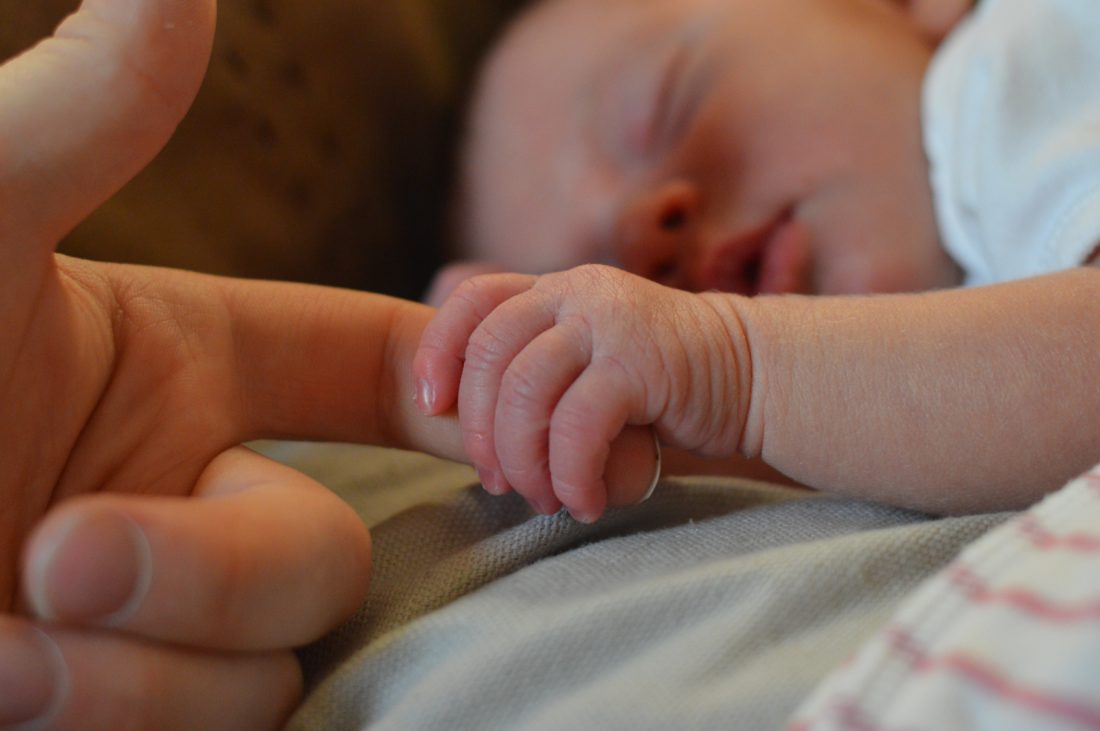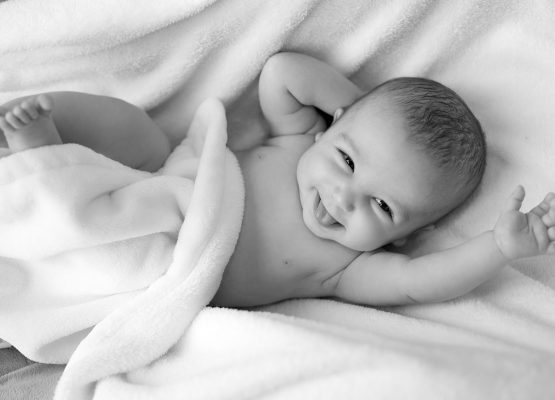Delivery is a physical process that most women come to experience in life and is a crucial step in human reproduction. Waterbirth, as a natural delivery method, although an ancient practice, was relatively recently incorporated into modern obstetrics. FREDERICK LEBOYER in France since 1960 refers to the use of water during childbirth and especially in the baby’s bathroom after childbirth, while MICHEL ODENT has also installed swimming pools since 1977, whether it was developed in the hospital or at home. But it’s not just the newest proponents of water birth that have been mentioned. There is evidence of the use of water immersion as a therapeutic medium for physical and psychological illnesses by the Chinese, Egyptians, Japanese, and Assyrians, as well as Greeks and Romans. Nowadays, it is the most common method of natural childbirth where more and more women are choosing it since it is scientifically recognized throughout Europe. Over 6/10 women can use with safety the water immersion during their labor and they suggest it also as a very satisfied analgesia method.
Many women choose to give birth in the water while others choose to go through the pain in the water and get out of the bathtub at birth. More specifically, it is important to immerse in water when the mother has entered the active phase of childbirth (cervical dilation about 4-5 cm) and to complete it a few hours after the birth of the newborn. Other mothers prefer to go through only the first stage of childbirth, ie dilation and contractions, in the water while they go out to expel. Zanetti-Daellenbach et al. revealed that water deliveries performed in a selected low-risk collective needed less analgesia had a shorter duration of first and second stages of labor, a lower episiotomy rate, and were not associated with any adverse maternal. Specifically, the 1st stage of labor was shorter in waterbirths compared with vaginal delivery with epidural analgesia but the 2nd and 3rd stage of labor were shortest in patients having waterbirth compared with conventional vaginal delivery and vaginal delivery with epidural analgesia.
But let’s see all the benefits from the beginning. Which are the advantages of water immersion?
- The warm water is relaxing at about 37 degrees Celsius and soothes it and has a pleasant effect on the expectant mother. Specifically, water temperature kept at 36-38º C and room temperature at 26-28º C. The water temperature in addition to the relaxation it provides seems to reduce the duration of the 1st and 2nd stage of childbirth. Τhe increased functional diameter of the true pelvis increased quality of contractions can decrease the time of labor. Also, the ability of warm water can decrease the possibility that the baby was stimulated to breathe underwater because of the cooler temperature of the pool.
- The probability of shedding a part of the mother’s external genitalia (perineum) is reduced due to the elasticity and good perspiration caused by the hot water in this area. The spontaneous possibility of a perineum rupture (perineum tear) is decreased.
- In the later stages of childbirth, water has been shown to increase a woman’s energy, both naturally and mainly psychologically. The use of drugs and epidurals is also reduced to a minimum, thus achieving a natural birth.
- Water reduces the mother’s body weight, allowing free movement and change in position. There is greater ease of movement due to the buoyancy caused by the water, allowing the mother to take postures that relieve it.
- Hot water also helps the blood circulate better, resulting in better oxygenation of the uterine muscles and the mother feels less pain.
- Diving in the water often helps to reduce the high blood pressure caused by stress and blood loss in the 3rd stage. The lower blood loss in water births can also be explained by the hydrostatic pressure in the pool, by the less severe lacerations or possibly by a facilitated control of the third stage of labor.
- The relaxation provided by the hot water reduces the stress and therefore the pain that the expectant mother feels. Oxytocin and endorphins are born by allowing the body to block pain inhibitors. Oxytocin also acts positively, making contractions more rhythmic. Furthermore, laboring in water has been found to reduce stress hormones and catecholamines which inhibit oxytocin and labor progress. and eliminates the cervix resistance.
When we can’t use water as a childbirth or analgesia method?
Water can be used in all low-risk pregnancies in the development of a spontaneously birth. Every birth is a challenge for the mother and has difficulties, but it can be overcome with the right tools. Using water is such a tool.
- Have a healthy pregnancy, at least 37- 42 weeks, and with a normal-sized single fetus.
- The mother has been in active childbirth, with rhythmic contractions and cervical dilation at least 4-5 cm. Because of the analgesia that water gives the possibility to stop or make the contructions slower is high.
- When the fetal heartbeat is not good and needs continuous monitoring.
- Absence of vaginal bleeding especially during the first stage that caused because of the detachment of the placenta. ( absence of placental abruption or placenta previa)
- Absence of fever in the mother
- Absence of high blood pressure in the mother (hypertension or preeclampsia)- warm water is possible to increase the blood pressure.
- Intact membranes to avoid the possibility of infection if the pool is not properly cleaned.
HARPER B. Birth, bath, and beyond: the science and safety of water immersion during labor and birth.J Perinat Educ 2014;23:124-13
Ohlsson G, Buchhave P, Leandersson U, Nordstrom L, Rydhstrom H, Sjolin I. Warm tub bathing during labor; maternal and neonatal effects. Acta Obstet Gynecol Scand 2001; 80: 311-4.
Cluett ER, Burns E. Immersion in water in labor and birth. Cochrane Database of Systematic Reviews 2009; 2: CD000111.
Leyla Mollamahmutoğlu et al, The effects of immersion in water on labor, birth and newborn and comparison with epidural analgesia and conventional vaginal delivery, J Turkish-German Gynecol Assoc 2012; 13: 45-9
M.-R.-Y . GAYITI et al, Comparison of the effects of water and traditional delivery on birthing women and newborns, European Review for Medical and Pharmacological Sciences,2015;19:1554-1558



